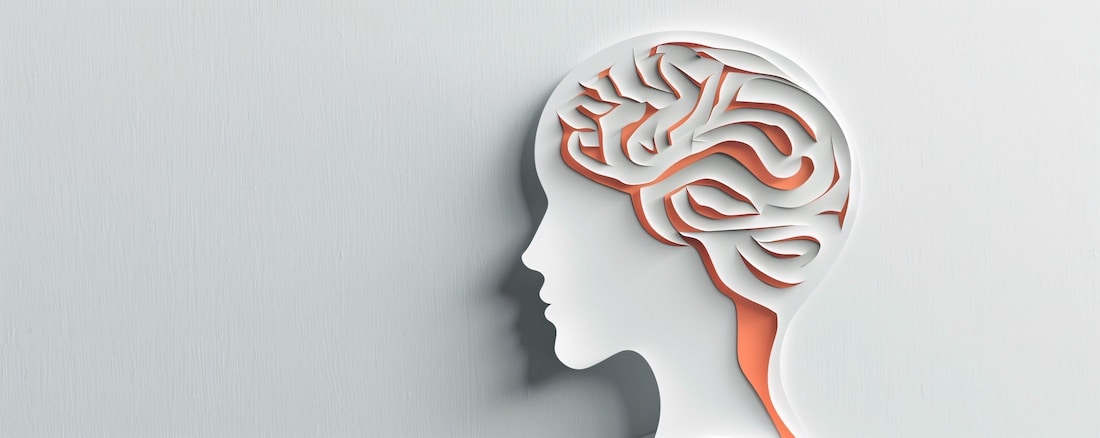
While Xanax is designed to ease the mind, it can also be very beneficial for the body. Just as this prescription drug calms the brain, it can relieve muscle tension and pain as well.
What Is Xanax?
Xanax is a central nervous system (CNS) depressant in the Benzodiazepine category of drugs. It is available as both a brand-name and generic prescription medication. The generic name for Xanax is alprazolam. Alprazolam and Xanax are typically used to treat anxiety and panic disorders such as Generalized Anxiety Disorder (GAD) and Post-Traumatic Stress Disorder (PTSD). Today, Xanax is the most commonly prescribed psychiatric drug in the United States.
What Xanax Does to the Body
This drug works by increasing the effects of the brain chemical that promotes relaxation. Meanwhile, it decreases the brain’s level of excitement to deliver an overall calming sensation. Effects of Xanax kick in less than an hour after use and peak anywhere between one and two hours. Since it enters the body so quickly, it leaves the body rapidly as well. The half-life of Xanax is about 11-12 hours, which means that the body removes half of the Xanax it absorbs 11 ½ hours after using. Because of its fast-acting properties, Xanax may easily lead to misuse, recreational use, dependence, and addiction.
The side effects of Xanax are most prominent when an individual first starts using it or when they increase their dosage. Side effects of Xanax typically include:
- Memory loss
- Vivid dreams
- Drowsiness
- Irritability
- Dizziness
- Sweating
- Blurred vision
- Stuffy nose
- Nausea & vomiting
- Poor coordination
- Muscle weakness
- Constipation & diarrhea
- Difficulty concentrating
- Swelling of hands and feet
While these side effects are uncomfortable, they should not be dangerous or life threatening. If side effects last for more than a few weeks, it’s recommended to contact your doctor.
Does Xanax Help With Muscle Tension?
Even though Xanax is not approved by the FDA to treat muscle pain and related issues, it is known to help with issues like tension and spasms. This is because Xanax is designed to treat anxiety disorders. A majority of anxiety disorders can cause bodily effects like trembling, twitchiness, shakiness, restlessness, and muscle tension. Since Xanax calms the body’s response to anxiety, it can also help with these symptoms.
Other Ways to Ease Muscle Tension
Xanax does help with muscle tension, but it can also be very addictive. Therefore, some alternatives to Xanax may be the better choice for muscle tension. Some alternative treatments for muscle tension include:
- Other prescription medications
- Some over-the-counter drugs
- Regular exercise and stretching
- Massage therapy
- Regular rest
- Application of heat or cold
- Calcium intake
- Magnesium intake
- Chamomile
- Vitamin D
However, some of these methods may not be as effective in treating anxiety disorders as Xanax. If you are prescribed Xanax, it’s important to use it as responsibly as possible.
Using Xanax Responsibly
Xanax should not be combined with any other depressants or alcohol. Tell your doctor all other medications you are taking, including birth control pills. If you are prescribed Xanax and want to stop using it, you should communicate this with your doctor before quitting completely.
To learn more about Xanax and its possible uses and effects, contact our team of substance abuse specialists by calling 267.209.7312.
Sources
https://www.medicalnewstoday.com/articles/326528
https://www.healthline.com/health/muscle-relaxers
https://www.medicalnewstoday.com/articles/263490
https://www.healthline.com/health/what-does-xanax-feel-like#prescribed-use
https://www.healthline.com/health/muscle-stiffness
Explore this article:
Explore Our Facilities
Drug and alcohol detox and residential treatment for addiction and mental health disorders
Outpatient treatment center for substance use disorder and mental health disorders
Outpatient treatment center for substance use disorder and co-occurring mental health disorders







